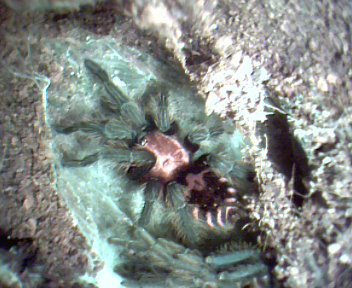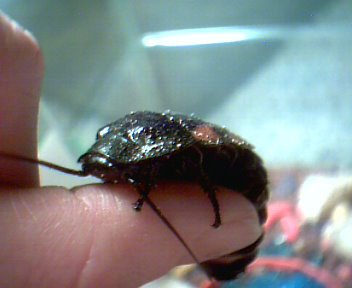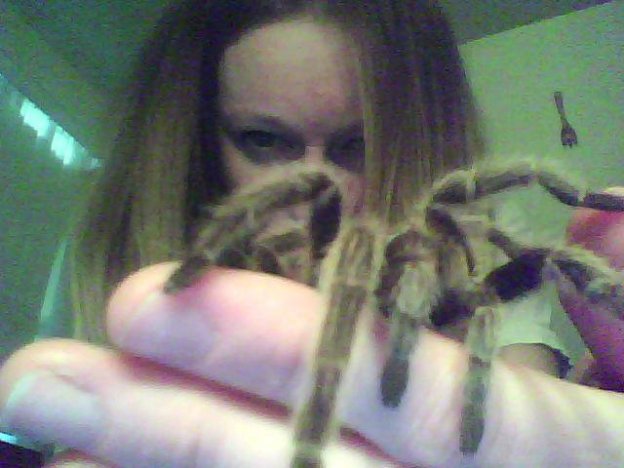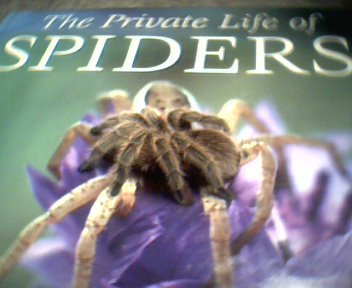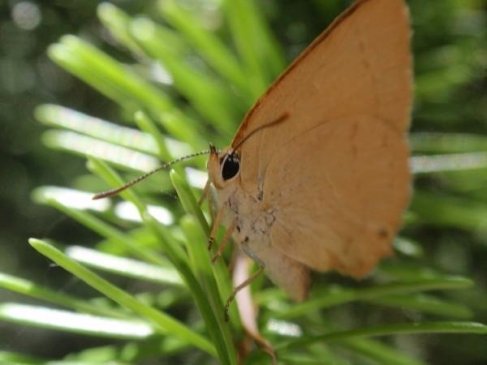Okay, maybe you are a spouse wanting a tarantula….or a roommate, and the counterpart of your household is vehemently opposed to your demands. Here are a few tips to help you on your way that may or may not help you, but will at least get you hooked up with fellow spider enthusiasts (who according to your housemate are probably tattooed freaks and certified crazies.) I assure you, and them, however, that there is nothing certifiable about your fascination with the hairy, 8-legged creatures of the night. They are rather striking, and some are even handleable! So, check out my latest article ‘How to convince your parents to let you have a tarantula’ and let these tips send you on your way to being a star keeper in no time!
Caution: there may be normal folks mentioned in this article!
A madagascar hissing roach
A nice little book on keeping tarantulas
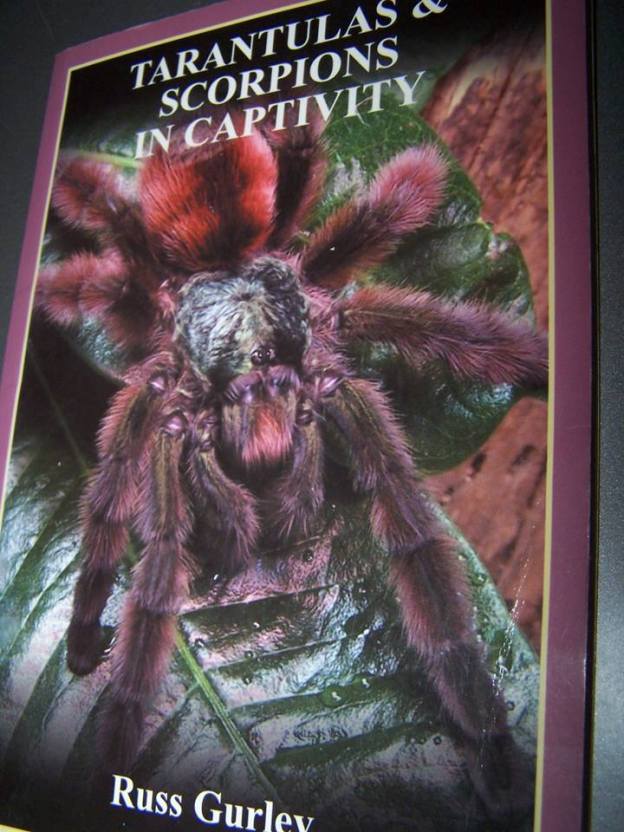
Me and a G. rosea who later turned out to be male (pictured as mature and pink towards the top of this blog.
Me and another G. rosea whom I sent to be the first tarantula of a 13 year old girl. An amazing event that has fueled my career as an invertebrate dealer.
Related articles
- Hairyback Tarantula Feed 17 July 2013 – Durban South Africa (melancholymons.wordpress.com)
- Theodora the Chilean Rose Hair Tarantula (creaturekeen.wordpress.com)
- You Might Want to Know… (meagangarner.wordpress.com)
- Advice about getting a Tarantula as a pet? (petsandcares.com)
- Central Valley Herpetological Society (sidnata.wordpress.com)
- Giant Tarantula Vs. Hawk Wasp (uniquedaily.com)
- Goal #1 – Hold a tarantula – Completed July 31, 2013 (martuo2013.wordpress.com)
- I remember him well (terriblywrite.wordpress.com)
- RC Tarantula (neatorama.com)
- Tarantula Versus Scorpion. Bets On Who Wins? (kotaku.com)
